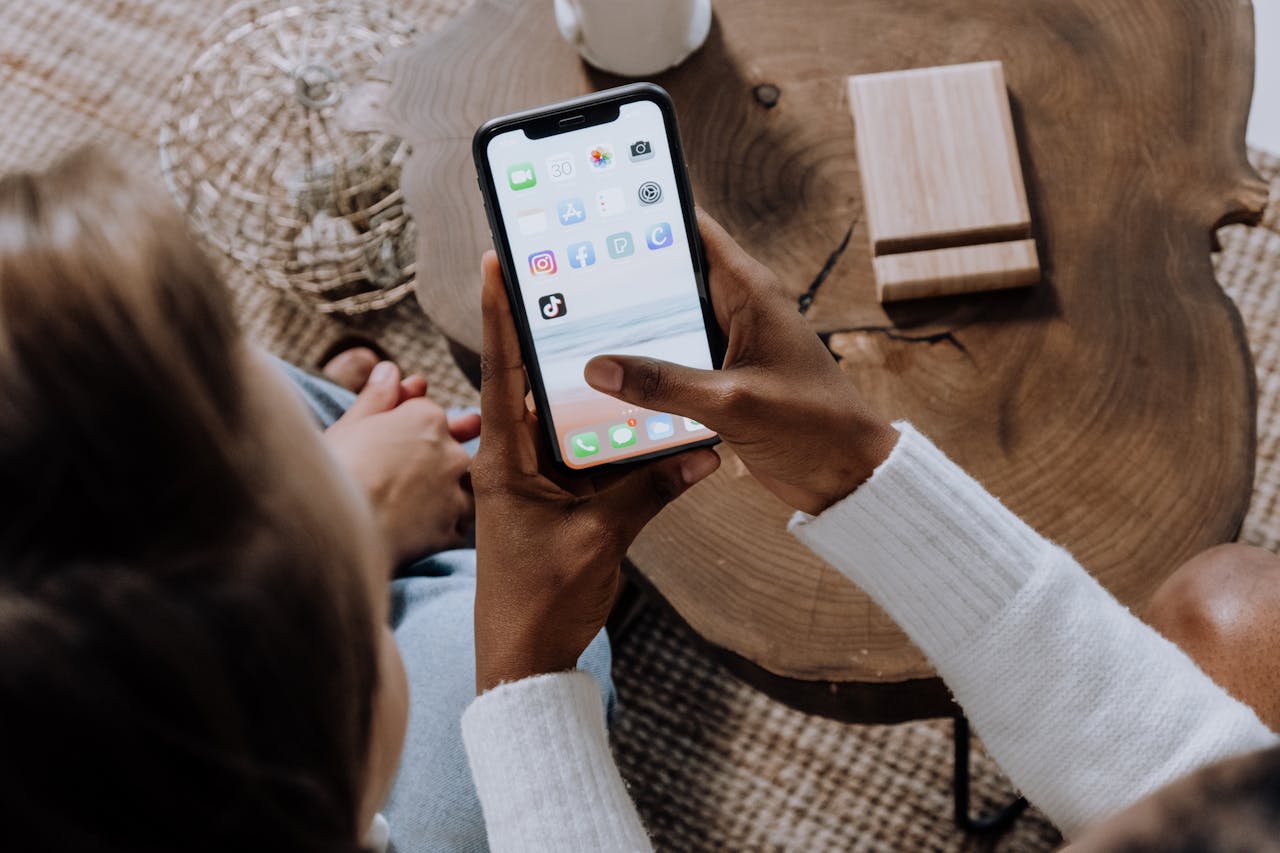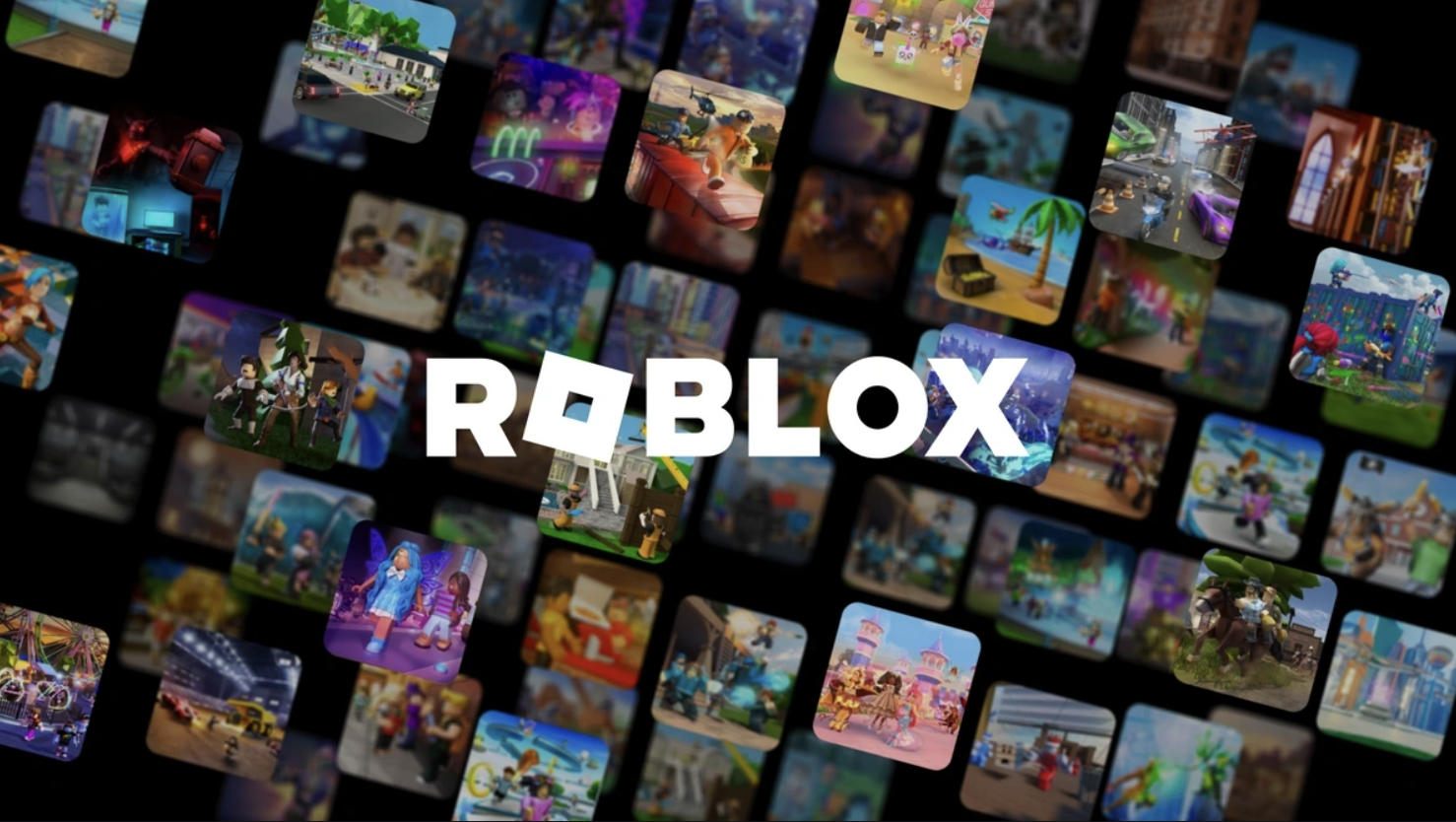
With music streaming services becoming more integrated into our daily lives, parents are left wondering: is Spotify safe for kids? The platform’s accessibility, combined with its vast library of content, raises serious questions about how well it can protect children from exposure to inappropriate material. While Spotify offers some child-friendly features, a deeper look reveals several gaps in safety that parents should carefully consider.
Spotify is, without a doubt, a global powerhouse in music streaming. It provides access to millions of songs, podcasts, and playlists at the click of a button. But its appeal extends beyond adults. Children, too, are drawn to Spotify’s massive library. While this might seem harmless, parents should be aware that Spotify was not originally designed with kids in mind. The platform’s default setup is geared towards a general audience, which means young users could easily encounter content not suitable for their age.
To address safety concerns, Spotify has set an age restriction of 13 for its standard service. But here’s the reality: age restrictions are only effective if enforced, and Spotify relies on users to self-report their age. This opens the door for children under 13 to potentially access the platform without parental oversight.
In response, Spotify launched Spotify Kids, a separate app tailored to children aged 3 to 12. While this app curates content to ensure it’s child-friendly, there’s a noticeable difference between the experience offered on Spotify Kids and the main Spotify app. Spotify Kids lacks the same extensive library that attracts older listeners, and it’s a stripped-down version of the full platform. For some parents, this might be a trade-off they’re willing to accept for safety. However, older children may quickly lose interest in the limited selection, pushing them towards the regular Spotify app, where risks are higher.
One of Spotify’s most concerning issues is the potential exposure to explicit content. Although Spotify tags songs with explicit labels, this system isn’t perfect. There are many instances where songs with explicit themes are not properly marked, leaving parents in the dark about what their children are hearing.
Even when explicit filters are enabled, they only block songs with clear labels, allowing other inappropriate content to slip through. Podcasts, for example, are not subject to the same explicit content controls. Children using the standard Spotify app could easily stumble across podcasts or songs that promote adult themes, including violence or explicit language, without parental awareness.
In contrast, Spotify Kids offers more reliable content filtering. However, this still requires constant parental engagement to ensure the child remains within the boundaries of the Spotify Kids app, rather than switching to the main app.
A key distinction between Spotify’s free and Premium versions is the presence of ads. Ads on Spotify’s free version are unpredictable and often not designed with kids in mind. These ads can promote anything from alcohol to mature video games, raising concerns about the messages children receive during their listening sessions. Parents who opt for the free version should be aware that while they’re saving money, they might be exposing their kids to inappropriate marketing.
Opting for Spotify Premium eliminates ads, but this doesn’t mean you’re entirely in the clear. Premium comes with its own issues, particularly when it comes to in-app purchases. A child with access to a family account could accidentally make unauthorized purchases or subscribe to additional services without realizing the financial consequences.
Another layer of concern lies in Spotify’s social features. By default, users can follow each other, share playlists, and see what others are listening to in real-time. For children, this opens up the possibility of unwanted interactions with strangers or exposure to inappropriate content shared by others.
Spotify’s privacy settings do allow parents to adjust who can view a child’s activity, but these settings aren’t particularly intuitive. Without close monitoring, it’s easy for a child to unintentionally broadcast their listening habits to others. Spotify Kids eliminates this risk by disabling these social features entirely, but again, older children might find the limited interactivity restrictive.

In the end, is Spotify safe for kids? The answer isn’t straightforward. Yes, Spotify Kids offers a safer environment for younger children, but it’s far from perfect. The limited selection and lack of robust features may push older children to seek out the standard Spotify app, where they face exposure to explicit content, inappropriate ads, and privacy risks.
Parents must take an active role in setting up parental controls, monitoring listening history, and understanding the risks involved. The decision to allow children on Spotify should not be taken lightly. While it’s possible to create a safer experience with Premium subscriptions and careful supervision, it’s clear that Spotify wasn’t built with child safety as a priority. The burden, in the end, falls on parents to make Spotify as safe as possible for their kids.


